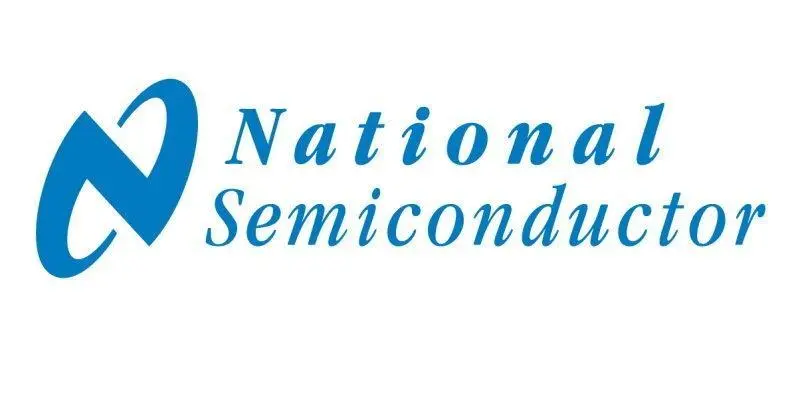About PFC (Power Factor Correction)
Power Factor Correction (PFC) is a crucial semiconductor device that is specifically designed to align the phase angle between voltage and current in an AC circuit, with the aim of approaching zero. This alignment helps optimize the power factor, which is the ratio of the real power to the apparent power in the circuit.
There are several modes or techniques used in power factor correction, each offering different advantages and characteristics. These modes include average current mode, boundary conduction mode, continuous conduction mode, critical conduction mode, current controlled frequency foldback, discontinuous mode, and discontinuous conduction mode with adjustable frequency switching ranging from 6kHz to 1.7MHz.
The average current mode control technique is commonly used in power factor correction applications. It regulates the average inductor current to achieve power factor correction and maintain a stable output voltage. This mode provides good efficiency and stability under various load conditions.
Boundary conduction mode control is another widely used technique in power factor correction. It allows the power converter to operate in both continuous and discontinuous conduction modes, depending on the load conditions. This mode provides improved efficiency and reduced current ripple.
Continuous conduction mode control ensures that the inductor current flows continuously throughout the entire switching cycle. It offers better power factor correction performance but may result in higher conduction losses.
Critical conduction mode control operates at a critical conduction point where the inductor current reaches zero before the next switching cycle begins. This mode minimizes the switching losses and improves efficiency.
Current controlled frequency foldback mode adjusts the switching frequency based on the load conditions, reducing switching losses and improving overall efficiency.
Discontinuous mode and discontinuous conduction mode with adjustable frequency switching offer benefits such as reduced switching losses, improved transient response, and flexibility in adjusting the switching frequency.
In summary, Power Factor Correction (PFC) is a semiconductor device that plays a vital role in aligning the phase angle between voltage and current in AC circuits. The different modes or techniques used in power factor correction offer various advantages and characteristics, allowing for improved efficiency, stability, and power management in diverse applications.

